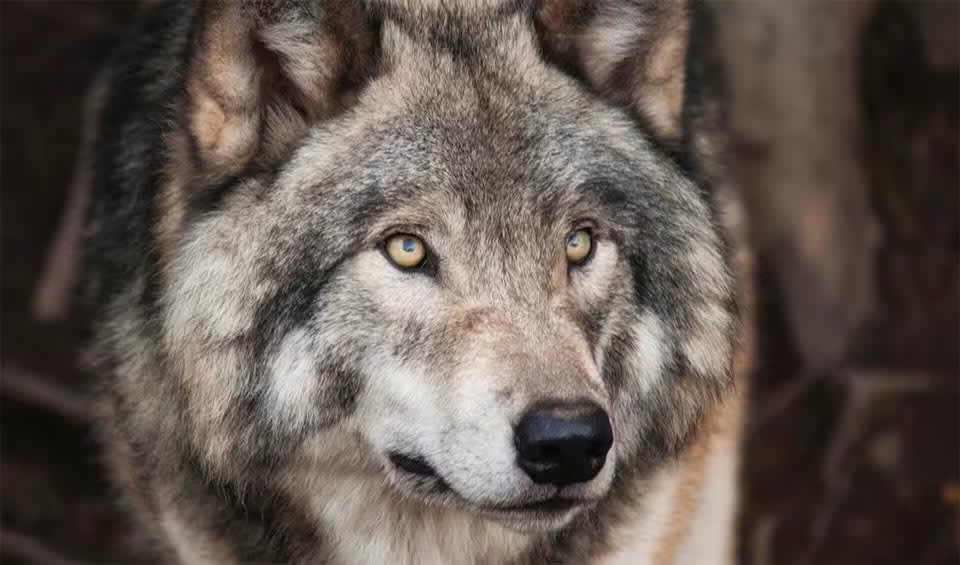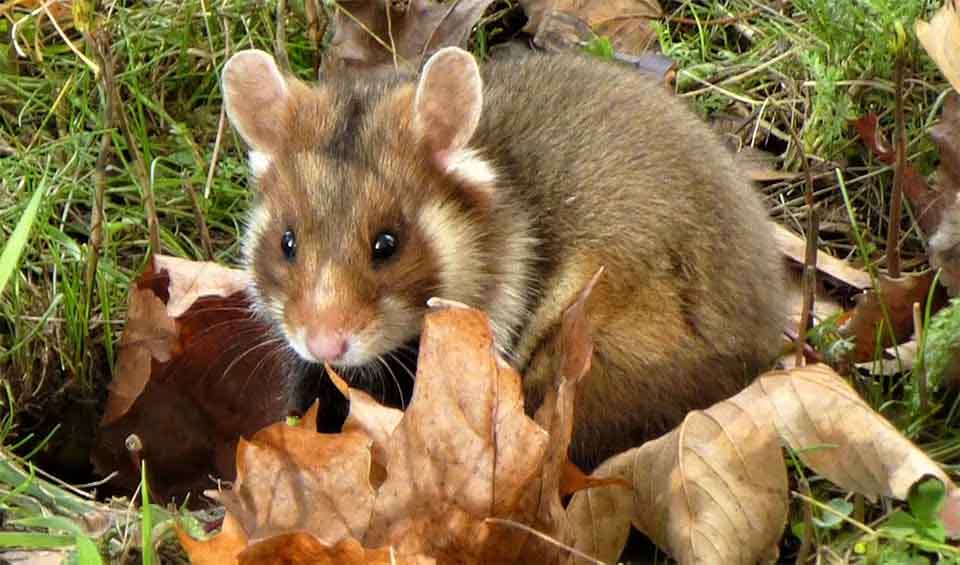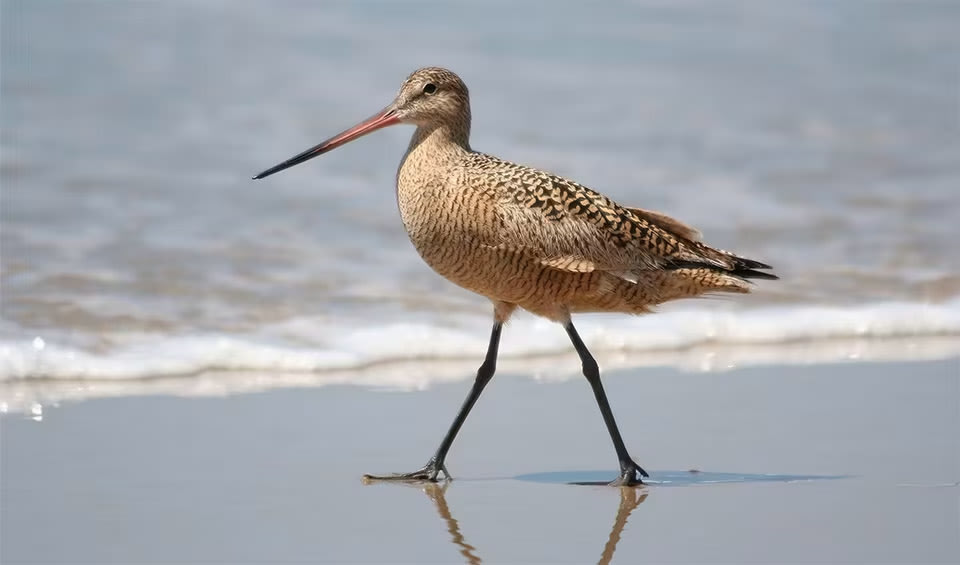The Netherlands, officially known as the Kingdom of the Netherlands, is a country located in Northwestern Europe. Germany borders it to the east, Belgium to the south, and the North Sea to the northwest. Covering an area of approximately 41,543 km² (16,040 mi²), the Netherlands is known for its flat landscape, extensive canal systems, windmills, tulip fields, and cycling routes.
The Netherlands has a temperate maritime climate, characterized by mild summers and cool winters, with relatively high humidity and frequent rainfall throughout the year. This climate, combined with the country’s low-lying topography, supports a variety of agricultural activities, making the Netherlands one of the world’s largest exporters of agricultural products.
Four pillars elaborated:
The Netherlands, among the world’s most densely populated countries, primarily allocates its terrestrial area to agriculture, followed by forests and residential areas. Much of its land is highly productive agriculturally, with few pristine ecosystems remaining. The country hosts a total of 392 protected areas, with 194 designated under national laws and 198 recognized as Natura 2000 sites. These Natura 2000 sites, designated under the Birds and Habitats Directives, include 78 Special Protection Areas and 140 Sites of Community Importance, with several areas falling under both directives. Land Management
Land Management
Various factors have contributed to the enduring decline of animal populations throughout the 20th century. These include extensive hydraulic projects, organic pollution, salinization, loss of eelgrass beds in the Wadden Sea, channelization of waterways, land reclamation leading to acidification, eutrophication, and drying of wetlands, as well as the disappearance of floral habitats. Aquatic wildlife faces additional threats from European fisheries, resulting in significant declines in fish stocks, with substantial bycatch from fishing gear exacerbating the issue. Threats to Biodiversity
Threats to Biodiversity
Sustainability criteria for commercial fish species in the North Sea are not met according to the International Council for Exploration of the Sea (ICES), leading to high discard rates, where approximately 75% of the catch does not survive. The long-term decline of plant species, including lichens, algae, and macrofungi, is attributed to air pollution, nitrogen deposition, habitat destruction, loss of eelgrass beds, rising water temperatures, acidification, eutrophication, and reduced forest health.
The Dutch government aims to conserve and enhance the natural environment and biodiversity of the Netherlands through various national and international laws and regulations. Initiatives like the National Ecological Network (NEN) and Natura 2000 are established to safeguard nature areas and foster connectivity between them and surrounding farmlands. Prioritizing environmental sustainability and reducing reliance on fossil fuels, the government advocates for ‘green growth,’ promoting economic development that minimizes environmental impact. Embracing new technologies is pivotal in advancing green growth. Capacity and Governance
Capacity and Governance
Additionally, the government supports biodiversity conservation and sustainable practices domestically and globally, as outlined in the Natural Capital Implementation Agenda, aligning with international agreements such as the Convention on Biological Diversity (CBD) and the European Birds Directive and Habitats Directive.
In a vision document, the government outlines its strategy for managing the natural environment up to 2025, aiming to integrate nature into society rather than confining it to reserves. Emphasizing broader societal engagement, the policy encourages individuals, businesses, local authorities, and civil society organizations to participate in nature conservation and sustainable resource use. Examples of this evolving approach include farmers creating wild-flower margins, urban buildings featuring green roofs, ecological noise barriers on motorways, and local residents maintaining communal gardens. Future Trends
Future Trends
Additionally, initiatives like joint nature area purchases, riverbank nature development projects, landscape preservation efforts by farmers and locals, and collaborations between multinational companies and conservation organizations in the tourism sector reflect the government’s vision for a more integrated and sustainable relationship between society and nature.
Biodiversity
The Netherlands boasts a diverse range of flora and fauna, although it is not particularly known for endemic species due to its highly urbanized landscape. However, it still harbors a variety of native wildlife, including mammals like the European hare and the red deer, and bird species such as the Eurasian spoonbill and the common kingfisher. The country’s wetlands, including the Waddenzee and the Oostvaardersplassen, support numerous waterfowl and migratory birds.Additionally, the Netherlands is renowned for its vibrant tulip fields, particularly during the spring season when these colorful blooms blanket the landscape. While not native to the Netherlands, tulips have become an iconic symbol of the country. Lavender cultivation is also gaining popularity in certain regions, especially in the southern province of Limburg, adding to the country’s rich floral diversity.
In the table below are the number of known species in several main groups, how many of these species are Threatened with extinction, and how many of them are Endemic (unique to Netherlands only):
| Species (World rank) |
Threatened | % Threatened | Endemic | % Endemic | |
|---|---|---|---|---|---|
| Mammals | 80 (#141) | 3 | 3.8% | ||
| Birds | 2711 (#143) | 10 | 3.7% | ||
| Reptiles | 19 (#159) | ||||
| Amphibians | 17 (#112) | 9 | 52.9% | ||
| Fishes | 211 (#163) | 24 | 11.4% | ||
| Plants | 2,018 (#149) | 1 | 0.0% | 4 | 0.2% |
mammals
Brown bear
The second largest bear, right after the polar bear. Sadly, it well might top the list soon
Wolf
The howl of each wolf is different
European hamster
To prepare for winter, they gather huge amounts of food – sometimes up to 65 kilograms – and store it in their burrows
birds
Gyrfalcon
Largest of falcons: can grow up to 60cm (2 ft) in height
Peregrine falcon
At the speed of over 321 km/h (200 mph), this bird outraces a Formula1 car
European pied flycatcher
Males are particularly eye-catching with their black and white plumage, looking like they’re wearing a little tuxedo
reptiles
European adder
A venomous snake native to Britain and found all across Europe
Viviparous lizard
One of the few reptiles that can not only lay eggs but also give birth to live young
European pond turtle
At the first sign of danger, it will quickly dive into the water and hide
amphibians
Smooth newt
They have the ability to regenerate lost limbs and other body parts, a superpower in the animal kingdom!
Common frog
It is one of the most widespread and familiar amphibians in Europe
Marsh frog
Quite noisy creatures which is a common sight in wetland areas
National Animals
Lion
Tufted-tailed Simba in the plight
Black-tailed godwit
The most elegant of all godwit species


















